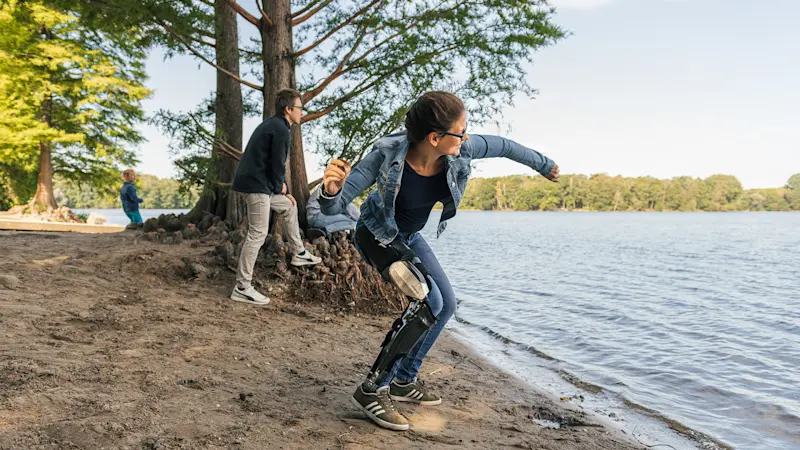
“Mobile after Paraplegia”: initiative for an interdisciplinary care network
Ottobock symposium for innovative solutions
According to WHO estimates, there are up to half a million new paraplegic patients in the world every year.Accidents are often the cause. But other conditions can also limit mobility, making patients dependent on a wheelchair, orthoses or functional electrical stimulation.
This is increasing in an aging society, and more and more paraplegic patients are requiring treatment. These trends need to be integrated into a holistic treatment approach. Ottobock has responded by initiating an interdisciplinary initiative ‒ “Mobile after Paraplegia”. On 16 and 17 September 2021, the medtech company organised a related symposium with O&P professionals, doctors, physiotherapists, occupational therapists and sports therapists. The common goal is to bring about a major change in the recovery process. “An interprofessional treatment approach individually coordinated for the patient is a prerequisite for optimal rehabilitation,” says Philipp Hoefer, Managing Director, Sales & Marketing DACH at Ottobock. “Together, we as an industry can work with orthopaedic technology businesses and medical supply companies to provide support with devices.”
Carlos González Blum (PT school in Emmendingen / Neurorehabilitation at Furtwangen University) said that activity on the part of the patient should be promoted and their full potential utilised in order to bring about a paradigm shift in training. He said he would welcome the use of devices such as ankle orthoses, the C-Brace and manual and power wheelchairs to this end. In his presentation, Prof. Dr. Roland Thietje (Head of the Paraplegia Centre at BG Klinikum Hamburg hospital) noted that the context of paraplegia is more complex than in the 1960s, for example, due to reduced treatment times, more varied disease patterns and older patients with diverse conditions. He said that interdisciplinary therapy for paraplegic patients is crucial.
The “Mobile after Paraplegia” approach includes:
Pro-active planning of devices based on collaboration between the interprofessional rehabilitation team and patients
Regular standing and training – this can improve individual rehabilitation for patients with incomplete paraplegia, which can reduce subsequent costs for the healthcare system
Including competence and medical device consultants in various training programmes
Prompt coverage of costs for adaptable orthoses in the early rehabilitation process
At the end of the symposium, everyone agreed: There must be movement in spinal cord therapy at all levels - in the early provision of aids, in interdisciplinary cooperation and in the greater involvement of patients. This is the only way to achieve maximum mobility and quality of life.
